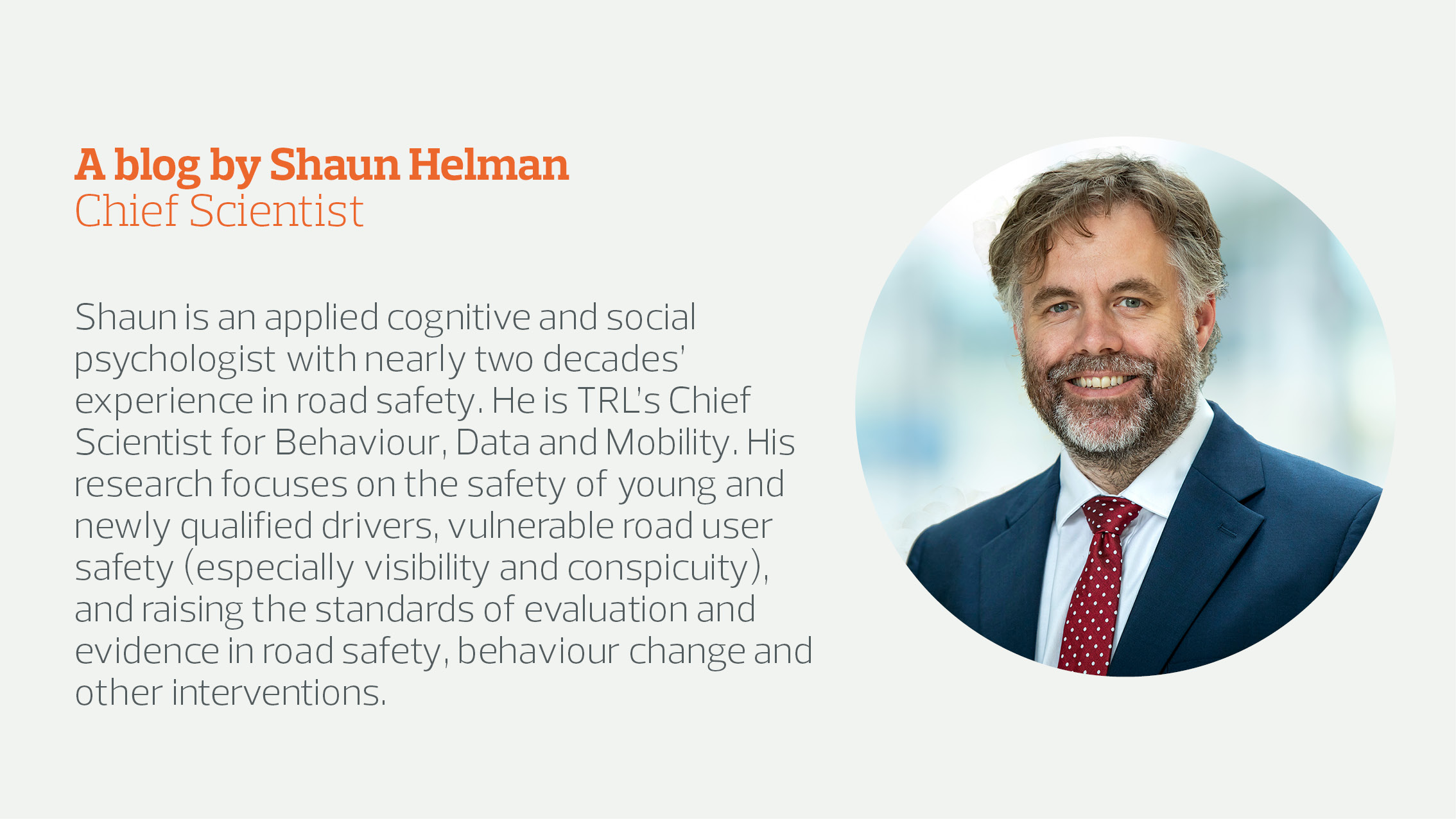A cursory web-search in 2022 reveals many articles on the popularity of SUVs to modern consumers. Such sources including this one from a motor trader tend to point out that one of the top benefits of owning an SUV is the vehicle type’s robustness and ability to handle “the day-to-day knocks and scrapes” associated with modern motoring. I read this as “SUVs can deal with potholes.
This assertion aligns with my own experience. Without wanting to get into any arguments about which parts of the country have the worst infrastructure (there are clearly regional differences) the roads in my local area – the ones I need to use to get anywhere – are awful. This isn’t actually the reason I have an SUV (a 2005 Volvo XC90). When we bought the car about eight years ago was actually all about carrying capacity. At the time we were in the habit of visiting friends in Devon with our two teenage sons and their various friends, and going to the beach with bodyboards and wetsuits. It was great to have room for everyone, and everything. I’m not proud of owning the car given my professional role, but I am proud of how little we use it these days.

The quality of the road infrastructure I need to use is the reason I have the massive off-road vehicle I do want to talk about – my Trek X-Caliber7 29-inch hard tail mountain bike.
If car drivers need to base their purchase decisions on the quality of infrastructure, bike riders surely need to pay even more attention. Frequent cycling in my local area (as much as possible instead of using the Volvo) would not be possible for me, without a bike AT LEAST this robust. (In writing this short article I was struck also by how much easier the journeys described in my first and second cycling articles would have been on this bike, rather than my wife's Brompton.)
I need this bike, then, to make the choice I want (active travel) in my local area, given the infrastructure made available to me. I know plenty of other people who feel the same – and plenty who go further and reject cycling because of the lack of suitable infrastructure (including the quality, and also the design – for example lack of segregation or safe integration with traffic).
As many have pointed out before we know that if we build good cycling infrastructure, people will use it. So where are all the huge infrastructure projects associated with active travel, and cycling in particular?
We know that cycling facilities are cheap when compared with things like major road building, but as pointed out by the authors of this article, at the point of sale it is cheaper to not build infrastructure than to build it (relying instead on ‘encouraging’ more people to cycle on the infrastructure already there). The only problem is that not building cycling infrastructure has resulted in us not seeing any real increase in cycling levels in England outside of the statistical outlier that was 2020 (Chart 5 here).
I wonder what would be the impact on motor traffic levels if we didn’t build new roads or upgrade existing ones? The wider evidence on induced demand seems to suggest that building more capacity just increases demand, something we have known for decades. So presumably if we didn’t build and upgrade roads for motor vehicles, there would be less upward trend in motor traffic. But of course, people still need to move around; the infrastructure provided simply gives people the choice architecture in which to make their decisions about how. If we decide that we want people to adopt cycling and walking as the default for shorter journeys, as part of our responsibility to decarbonise transport, and improve public health, then we need to do more than just say so. And as much as we can ‘just ask people to make more responsible choices’ we also need to accept that even people who are well-meaning in their response to the climate crisis or any other ‘larger than themselves’ issue still need to live their daily lives. I have looked into not having a car at all, and I cannot quite see the option working yet, for my circumstances. Using the car as little as possible seems the best option I have for now, especially when looking at the embodied carbon costs of replacing it (although this seems more complicated to calculate than it needs to be).
I am fortunate enough to be home based most of the time, and to live a distance from work and other essential locations that I am able to cover through cycling. I can see though why people with more complex transport needs are not yet seeing active travel as a feasible alternative to the car, even some or most of the time.
Readers of my previous two ‘cycling-themed’ blogs will know that I have been really struck with folding bikes. Recently I’ve looked into an electric Brompton, or maybe one of the new titanium ones, as my main bike. Either one would be a substantial investment though, and as much as I love the design, I’m just not sure it would last long on the roads around here.
Until my local authority improves the roads where I live, then, I’ll need my massive off-road vehicle. Even if I don’t want it.


